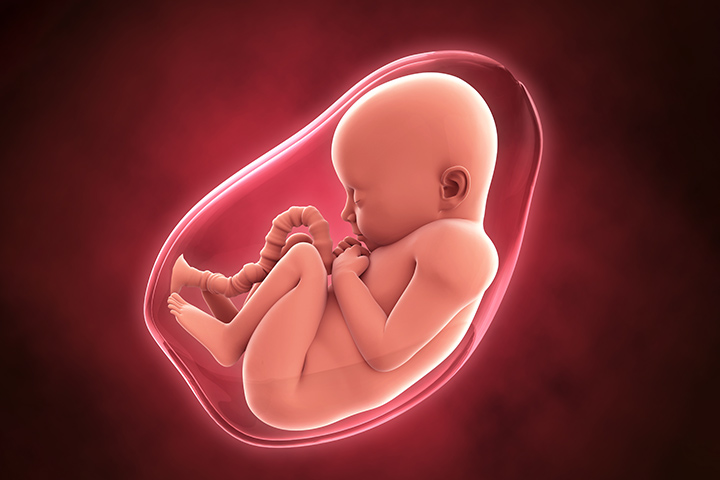
In this case, you can come into the office for a quick swab to confirm if it is amniotic fluid. Sometimes, the signs of leaking water are unclear, even after a talk with your care provider. It’s very important for your baby’s development. Do not insert anything into the vagina, such as tampons – you can use pads to catch the flow, or sit on an underpad or towel. Amniotic fluid is the fluid that surrounds your baby during pregnancy. If you think your water is leaking, let your midwife or doctor know, and watch for other signs of labor, particularly the onset of contractions.

What should you do if you think your water has broken? This one is pretty subjective, but some women report feeling a tiny “pop” or release of pressure when their water breaks. Vaginal discharge, while it can be watery in consistency at times, very often looks mucusy. It can also be stained with meconium, giving it a brown or greenish tinge (you should notify your midwife or doctor if you see this.) It does not usually look like urine. Check the color/AppearanceĪmniotic fluid is normally clear, and it can have white specks (vernix) and be tinged with stringy, bloody bits of mucus. When you get up from standing or change positions, these are often times when a little bit of fluid will leak out. So, if there is a question, we advise people to put on a pad and keep an eye on it. One reliable way to tell if it’s amniotic fluid is that it will keep leaking. Vaginal discharge will probably be odorless, but even if it has an odor, it won’t smell like urine. Urine will have an ammonia smell, whereas amniotic fluid may be odorless, or have a sweet or earthy odor. This may seem obvious, but it is pretty easy to tell by smelling whether or not the fluid in question is urine. Here are a few ways to tell the difference: Amniotic Fluid Will Not Smell Like Urine

Only a few women get it, but, its a common cause of preterm labor and delivery. Intrauterine infection, also known as chorioamnionitis, is when the membranes that surround the baby in the womb are. This one can be tricky, and can have you questioning whether it’s amniotic fluid, vaginal discharge, or whether you have leaked urine. Chorioamnionitis is an infection of the placenta and the amniotic fluid. Intrauterine infection (chorioamnionitis). So, what does it look like if you are one of the people who starts labor with water breaking? In some cases, it is an obvious gush of fluid that runs down your legs or soaks the bed, but often it is that little leak mentioned above. Labor contractions are likely not to start for awhile after the water starts leaking – in these scenarios, it may take awhile for the hormone signals to get where they need to go to start the work of getting the baby out. And when the water does break before labor, it is very often a little trickle.

First of all, for most people, the bag of waters does not break until well into labor, probably close to the end. In reality, this scenario rarely happens.
#Amniotic fluid discharge tv
When we see birth depicted in TV and movies, labor often begins with a dramatic breaking of waters, followed immediately by the laboring person bending over and moaning with intense contractions, announcing, “It’s time!”, and then being whisked off to the hospital to have the baby.


 0 kommentar(er)
0 kommentar(er)
